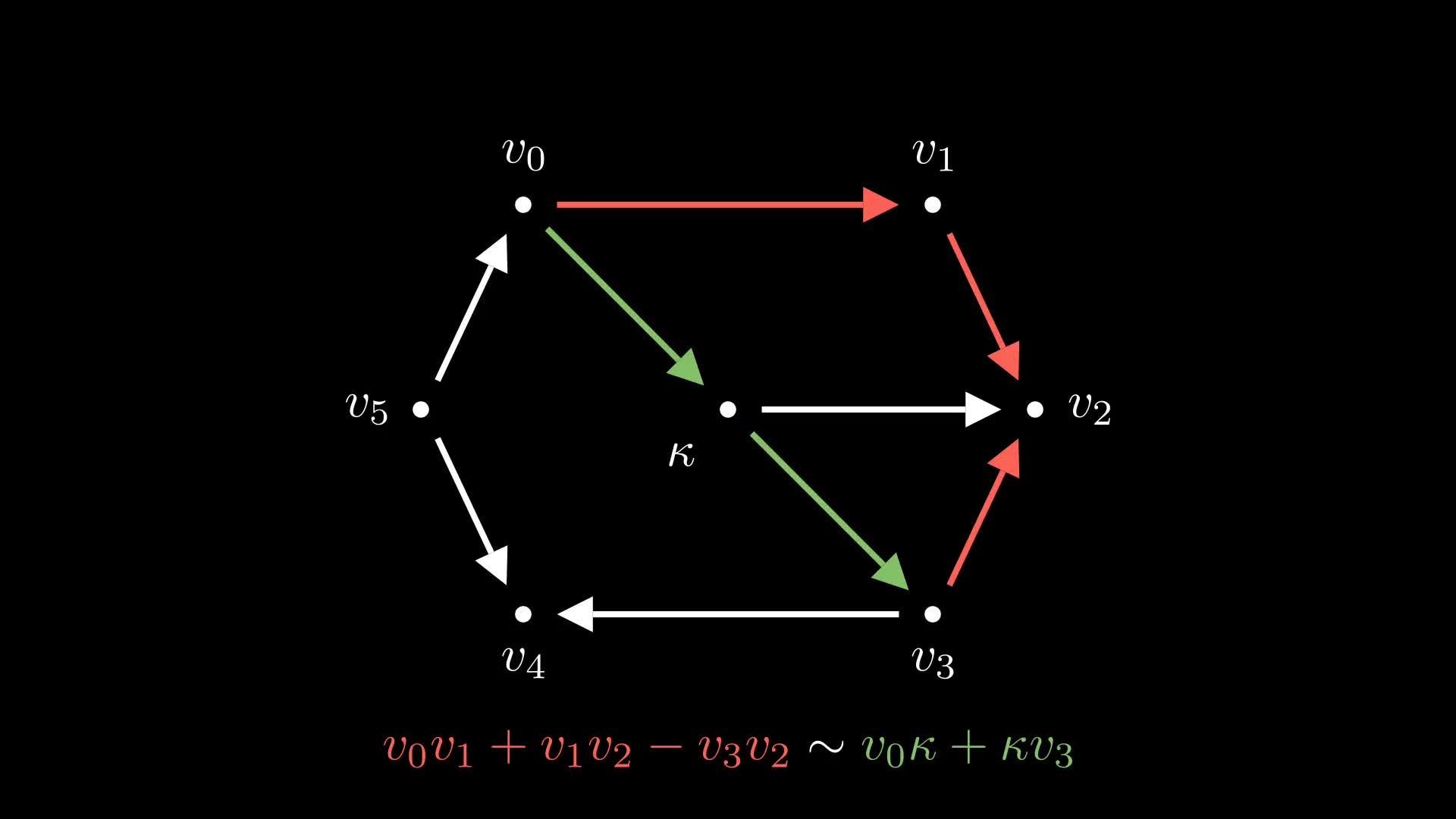Pre-prints
Grounded persistent path homology: a stable, topological descriptor for weighted digraphs

Weighted digraphs are used to model a variety of natural systems and can exhibit interesting
structure across a range of scales. In order to understand and compare these systems, we require
stable, interpretable, multiscale descriptors. To this end, we propose grounded persistent path
homology (GRPPH) - a new, functorial, topological descriptor that describes the structure of
an edge-weighted digraph via a persistence barcode.
Joint work with Heather A. Harrington and Ulrike Tillmann.

Path homology is a topological invariant for directed graphs, which is sensitive to their asymmetry and can discern between digraphs which are indistinguishable to the directed flag complex.
In Erdös-Rényi directed random graphs, the first Betti number undergoes two distinct transitions, appearing at a low-density boundary and vanishing again at a high-density boundary.
In this video, I briefly describe techniques for studying these transitions, with more details on the arXiv pre-print.